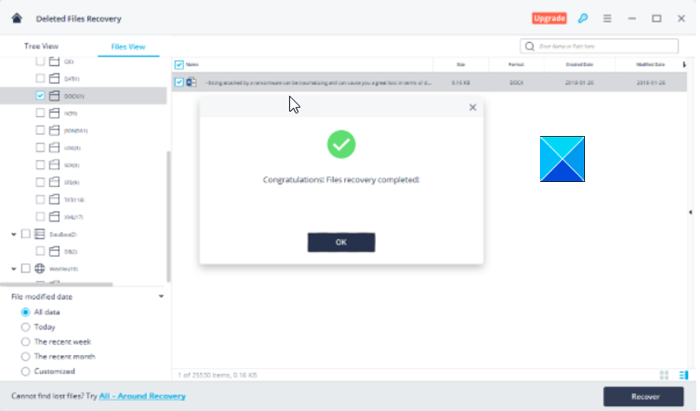
- #Flash Drive Not Showing Files Windows 10 File Explorer
- #Flash Drive Not Showing Files Software That Lets
Flash Drive Not Showing Files Windows 10 File Explorer
If you’re using a larger drive, ensure it doesn’t have its own power switch or power cable you need to connect.Solved & fixed USB not showing up on Windows 10 File Explorer error by assigning a new drive letter, updating drive driver, formatting and converting drive. Power On the Drive, if Necessary: Some external hard drives have their own power switches or separate power cables. The drive is not recognized by the operating system and.If you don’t see the drive in the Disk Management window at all, try these troubleshooting steps:USB Drive not showing up in File Explorer Help I got a brand new flash drive and when I plug it into my computer it does not show up in file explorer, however I can see it in Disk Management where it says no media and I can also see it in devices and printers but in devices and printers, it is grayed out under the browse files. This typically occurs after something happens to the drive’s file structure that makes the drive unrecognizable as a valid drive to the Windows Explorer utility.After connecting an external hard drive to the USB 3.0 port, the computer does not read the drive. I frequently receive emails and messages from folks asking why their USB flash drive isn’t showing up in Windows Explorer (File Explorer for Windows 8 users).
It’s possible the USB hub doesn’t supply enough power. Avoid USB Hubs: If you’re plugging the USB drive into a USB hub, try plugging it directly into one of your computer’s USB ports instead. It’s possible that one particular USB port on the computer is dead.
For example, this can occur if you format a drive with the HFS+ file system on a Mac or with the ext4 file system on a Linux PC.If you connect a drive with a foreign file system, Windows will tell you it needs format the drive before it can use it. Here are a few possible solutions based on what you found when searching for the drive in Disk Management.If Windows Asks You to Format the Partition When You Insert ItIf Windows can see the drive but can’t read it, it’s possible the drive was formatted with a file system Windows doesn’t normally support. Fixing the ProblemOnce you’ve performed the above steps, you’re in a better place to fix the problem. If not, move onto the fixes outlined below. If no computers see the drive when you connect it–even in the Disk Management window–the USB drive itself is likely dead.Hopefully, one of these will solve your problem.
Flash Drive Not Showing Files Software That Lets
On Windows 8 or 10, right-click the Start button and select “Device Manager”. It will appear as an empty drive that is now compatible with Windows.RELATED: How to Read a Mac-Formatted Drive on a Windows PC If Other Windows PCs Can See the Drive, But Your Current One Can’tIf other computers detect the drive when you plug it in, but your current computer doesn’t, it’s possible there’s a driver problem in Windows.To check for this, open the Device Manager. After you copy the files off the drive, you can agree to let Windows format (erase) the disk. Alternatively, you can use software that lets you read Mac or Linux file systems in Windows. If you don’t need the files on the disk, you can agree to format it–but be sure the drive doesn’t have any important files on it before you do.To read a drive like this one, you can either connect it to the Mac or Linux PC it was made on, and copy your files off of it onto another drive.

After it’s done, the drive should be usable.If You See the Drive in Disk Management, But You Can’t Format ItIn some cases, the drive may have a very messy partition scheme. Otherwise, if you’re only using it on Windows machines, NTFS is fine. If you want the drive to be compatible with as many other operating system and devices as possible, format it with the exFAT file system when Windows asks. To format it, so Windows can use it, just right-click the unallocated space in Disk Management and select “New Simple Volume”.RELATED: What's the Difference Between FAT32, exFAT, and NTFS?Choose the maximum possible size for the partition and assign a drive letter–you can let Windows automatically choose a drive letter.
You can then create partitions on the empty drive. Follow our step-by-step instructions to cleaning a drive in Windows for more information. The cleaning process will wipe the drive.RELATED: How to "Clean" a Flash Drive, SD Card, or Internal Drive to Fix Partition and Capacity ProblemsTo clean the drive, you’ll need to open a Command Prompt window as Administrator and use the diskpart command to “clean” the appropriate drive. First, back up any important data on the drive if the drive has important data on it. Or, the partition on the drive may be too small because the drive has protected partitions wasting space on it.You can “clean” the drive to clean up that mess, wiping all the files and partition information from the drive and making it usable once more.


 0 kommentar(er)
0 kommentar(er)
